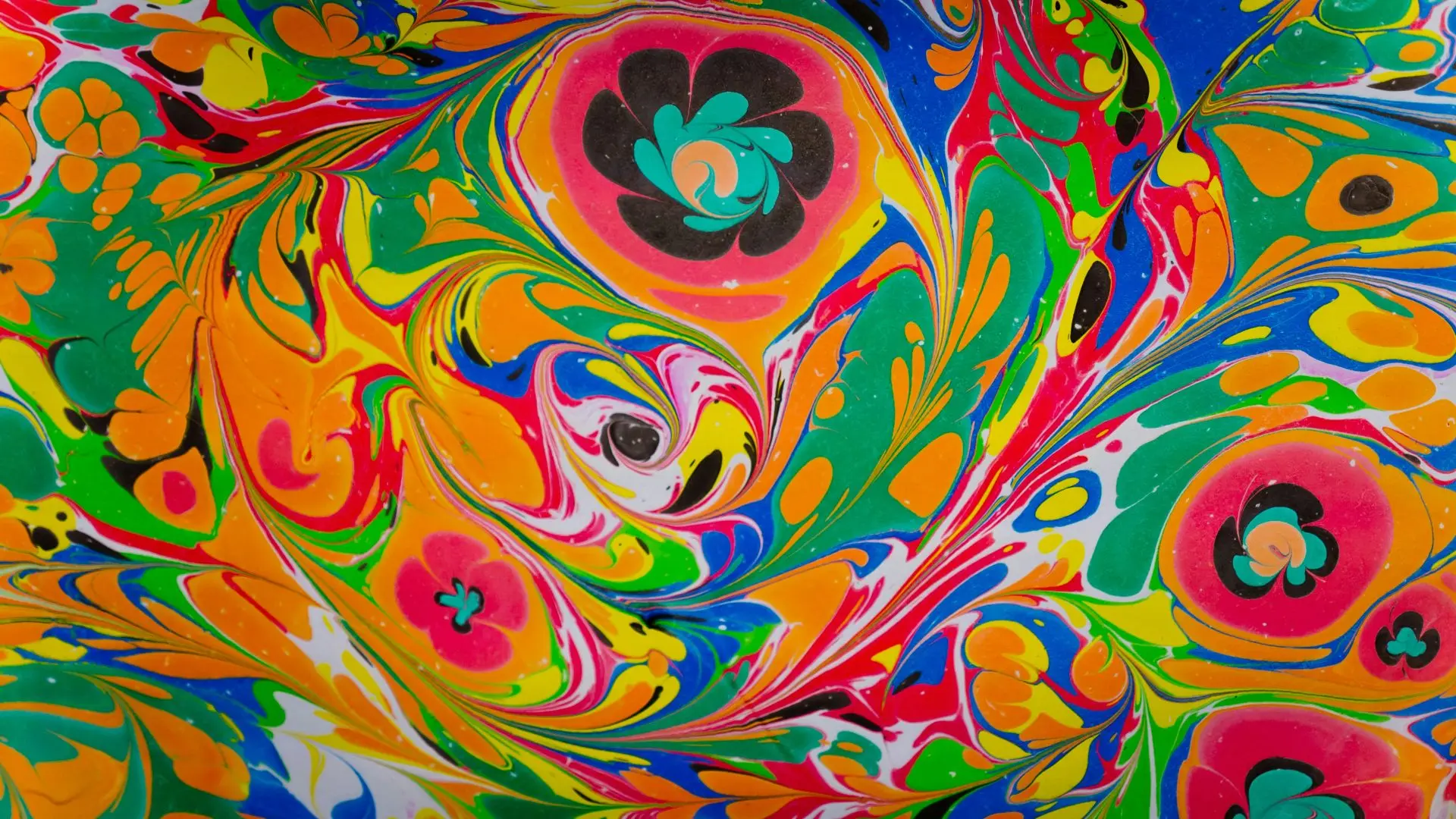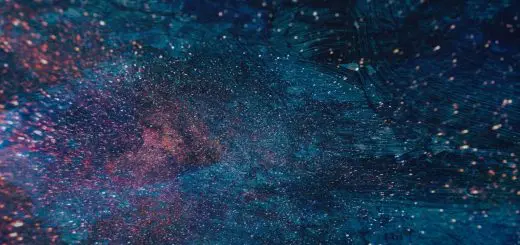The Ghost of Oiwa in Japanese Cinema: Influence on Horror

Looking for more amazing products? Check out our online store and explore our collection here! Happy shopping!
Before diving in, please note: This post is for informational purposes only. If you’d like to know more about how we approach topics, feel free to check out our friendly Disclaimer Page.
Hey there, amazing readers! 
We’re committed to delivering quality posts, and your support (even just sticking around despite the ads) means everything to us. So, bear with us, and thanks for helping us keep the good vibes rolling. Now, on to the fun stuff!
TRANSLATE BUTTON AT THE END OF THE ARTICLE
Overview
The Ghost of Oiwa, also known as Oiwa-san or Oiwa-sama, is an iconic figure in Japanese cinema and has had a profound influence on the horror genre.
This article explores the origins of the Oiwa legend, her first appearances on the silver screen, the evolution of her character from victim to vengeful spirit, and her enduring legacy in Japanese and international cinema.
Additionally, it delves into the impact Oiwa has had on filmmaking techniques, the portrayal of the character by famous actresses, and her transformation in modern cinema.
Lastly, it discusses Oiwa’s journey to international screens and her influence on Western horror.
The Ghost of Oiwa: An Iconic Figure in Japanese Cinema
The Ghost of Oiwa has become one of the most recognizable figures in Japanese cinema.
Oiwa is a vengeful spirit who seeks retribution for her tragic fate and has captivated audiences with her haunting presence.
She is often depicted as a disfigured woman with a drooping eye and disheveled hair, a visage that has become synonymous with Japanese horror.
Oiwa’s enduring popularity is a testament to her impact on the genre and her ability to evoke fear and fascination among viewers.
Origins of the Oiwa Legend: A Tragic Tale of Betrayal
The legend of Oiwa can be traced back to the Kabuki play "Yotsuya Kaidan" written by Tsuruya Nanboku IV in 1825.
The story revolves around the tragic life of Oiwa, who is betrayed by her husband and ultimately killed.
It is believed to be inspired by a real-life incident involving a woman named Oiwa, who was betrayed and poisoned by her husband in the Edo period.
The tale of Oiwa’s betrayal and her transformation into a vengeful spirit struck a chord with audiences, leading to numerous adaptations in various art forms, including Japanese cinema.
Oiwa’s First Appearance on the Silver Screen: Early Adaptations
Oiwa’s first appearance in Japanese cinema can be traced back to the silent film era in the early 20th century.
One of the earliest adaptations of Oiwa’s story was the 1926 film "A Ghost Story of Yotsuya" directed by Keisuke Kinoshita.
This film set the foundation for subsequent adaptations, establishing Oiwa’s iconic image and tragic narrative.
The film’s success paved the way for more filmmakers to explore the Oiwa legend and bring her story to the big screen.
Evolution of Oiwa’s Character: From Victim to Vengeful Spirit
Over the years, Oiwa’s character has evolved from being a victim to a vengeful spirit seeking justice.
In earlier adaptations, she was portrayed as a pitiable figure, emphasizing her innocence and the cruelty she suffered at the hands of her husband.
However, as the horror genre developed, Oiwa’s character transformed into a powerful and vengeful entity.
Filmmakers began to portray her as a force to be reckoned with, using her supernatural abilities to exact revenge on those who wronged her.
Oiwa’s Influence on Japanese Horror Films: Pioneering the Genre
The influence of the Ghost of Oiwa on Japanese horror films cannot be overstated.
Oiwa’s story and her iconic appearance laid the groundwork for the entire genre, inspiring countless filmmakers to explore themes of vengeance, betrayal, and supernatural horror.
Her presence can be seen in numerous Japanese horror classics, such as "Kwaidan" (1964) directed by Masaki Kobayashi and "Ring" (1998) directed by Hideo Nakata.
Oiwa’s legacy is evident in the enduring popularity and success of Japanese horror films both domestically and internationally.
Oiwa’s Impact on Filmmaking Techniques: Innovations in Scares
Oiwa’s character has also had a significant impact on filmmaking techniques, particularly in the realm of scares and suspense.
Filmmakers drew inspiration from Oiwa’s ability to evoke fear through her disfigured appearance and ghostly presence.
Techniques such as jump scares, eerie atmospheres, and visual effects were employed to heighten the impact of Oiwa’s appearances on screen.
The use of shadows, lighting, and sound design became essential tools in creating a chilling atmosphere associated with Oiwa’s presence.
Oiwa’s Enduring Popularity: Iconic Roles and Cultural References
Oiwa’s enduring popularity is evident in her portrayal by famous actresses and the numerous cultural references to her character.
Renowned actresses such as Ayako Wakao, Yuko Takeuchi, and Hitomi Kuroki have taken on the role of Oiwa in various adaptations, adding their own interpretation to the character.
Oiwa has also become a symbol of Japanese folklore and is referenced in popular culture, from literature to video games, further cementing her status as an iconic figure in Japanese cinema.
The Legacy of Oiwa: Inspiring Future Japanese Horror Classics
The legacy of Oiwa can be seen in the continuous production of Japanese horror classics that draw inspiration from her story and character.
Filmmakers continue to explore the themes of betrayal, revenge, and supernatural horror, often paying homage to Oiwa in their storytelling.
Oiwa’s tragic tale serves as a cautionary tale and a source of inspiration for filmmakers to delve into the darkest corners of human nature and create compelling narratives that resonate with audiences.
Oiwa’s Portrayal by Famous Actresses: Celebrated Performances
Throughout the history of Japanese cinema, many renowned actresses have taken on the challenging role of Oiwa, delivering celebrated performances that have left a lasting impact.
Ayako Wakao’s portrayal of Oiwa in "Tokaido Yotsuya Kaidan" (1959) showcased her versatility and ability to convey Oiwa’s anguish and wrath convincingly.
Yuko Takeuchi’s haunting portrayal in "The Ring" (1998) brought Oiwa to a new generation of horror fans, solidifying her as an iconic figure in contemporary Japanese cinema.
Hitomi Kuroki’s performance in "Yotsuya Kaidan" (1994) demonstrated her ability to embody the complexity of Oiwa’s character, balancing vulnerability with a terrifying presence.
Oiwa’s Transformation in Modern Cinema: Reimagining the Legend
In recent years, filmmakers have reimagined the legend of Oiwa, bringing a fresh perspective to her character and story.
These modern interpretations often incorporate elements of psychological horror, exploring the depths of human emotions and the consequences of betrayal.
Films like "The Grudge" (2002) directed by Takashi Shimizu and "Ju-On: The Curse" (2000) directed by Takashi Shimizu have reinvented Oiwa’s character in the context of contemporary horror, ensuring her continued relevance in the genre.
Oiwa’s Journey to International Screens: Global Recognition
Oiwa’s influence transcends borders, as her story has been embraced by international audiences.
With the global success of Japanese horror films, Oiwa’s character has gained recognition outside of Japan.
Western audiences have been introduced to Oiwa through remakes of Japanese horror films, such as the American version of "The Ring" (2002) and "The Grudge" (2004).
Oiwa’s enduring presence in international cinema highlights her status as a globally recognized figure in the horror genre.
Oiwa’s Influence on Western Horror: Cross-Cultural Inspirations
The Ghost of Oiwa’s impact extends beyond Japanese cinema and has influenced Western horror as well.
The success of Japanese horror films, featuring Oiwa and similar vengeful spirits, sparked a wave of interest in supernatural Asian horror among Western filmmakers and audiences.
The themes of vengeance, betrayal, and supernatural horror explored in Oiwa’s story have found their way into Western horror films, such as "The Eye" (2002) and "Dark Water" (2005).
Oiwa’s influence serves as a testament to the power of cross-cultural inspirations in shaping the horror genre on a global scale.
Conclusion
The Ghost of Oiwa is a legendary figure in Japanese cinema, whose tragic tale of betrayal and transformation has had a lasting impact on the horror genre.
From her first appearances on the silver screen to her enduring popularity and influence on filmmaking techniques, Oiwa continues to captivate audiences with her haunting presence.
The portrayal of Oiwa by famous actresses, her transformation in modern cinema, and her recognition on international screens all contribute to her status as an iconic figure in Japanese and global horror.
The Ghost of Oiwa’s legacy and influence are undeniable, forever shaping the world of horror cinema.

The Enlightenment Journey is a remarkable collection of writings authored by a distinguished group of experts in the fields of spirituality, new age, and esoteric knowledge.
This anthology features a diverse assembly of well-experienced authors who bring their profound insights and credible perspectives to the forefront.
Each contributor possesses a wealth of knowledge and wisdom, making them authorities in their respective domains.
Together, they offer readers a transformative journey into the realms of spiritual growth, self-discovery, and esoteric enlightenment.
The Enlightenment Journey is a testament to the collective expertise of these luminaries, providing readers with a rich tapestry of ideas and information to illuminate their spiritual path.
Our Diverse Expertise
While our primary focus is on spirituality and esotericism, we are equally passionate about exploring a wide range of other topics and niches 

To ensure we provide the most accurate and valuable insights, we collaborate with trusted experts in their respective domains 
Our blog originally focused on spirituality and metaphysics, but we’ve since expanded to cover a wide range of niches. Don’t worry—we continue to publish a lot of articles on spirituality! Frequently visit our blog to explore our diverse content and stay tuned for more insightful reads.
Hey there, amazing reader! 
Check out our store here and take a peek at some of our featured products below! Thanks for being awesome!












